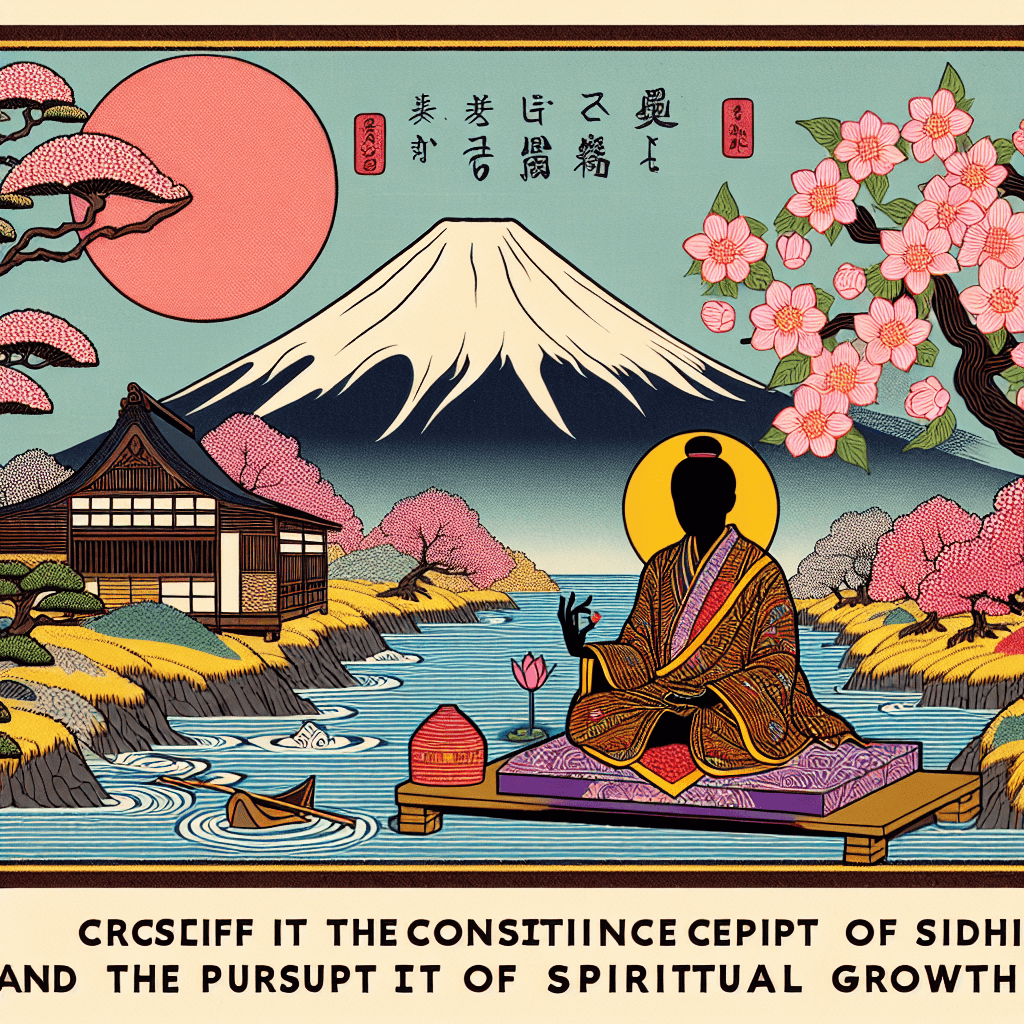Samadhi in Hinduism: The Ultimate Union
syndu | Oct. 28, 2023, 6:47 a.m.

Samadhi in Hinduism: The Ultimate Union
In the vast and profound philosophy of Hinduism, Samadhi holds a place of paramount importance, particularly in the practice of Yoga. It is seen as the highest state of mental concentration that one can achieve, leading to a unity with the supreme consciousness.
The term 'Samadhi' is derived from the Sanskrit roots 'sam' (together or integrated), 'a' (towards), and 'dha' (to get, to hold). Thus, Samadhi can be loosely translated to 'a state of complete integration' or 'to acquire integration'. It is the final of the eight limbs of Patanjali's Yoga Sutras and is considered the ultimate goal of a yogi's journey.
In the context of Hindu philosophy, Samadhi is not merely a state of deep meditation or trance. It is a state of consciousness where the practitioner's mind becomes still and merges with the ultimate reality or the divine. It is a state where the meditator and the object of meditation become one. The individual self dissolves into the universal self, leading to an experience of absolute peace and bliss.
The journey to Samadhi is not an easy one. It requires consistent practice, deep devotion, and a burning desire for liberation (Moksha). The path to Samadhi is often described as walking on the razor's edge. It requires the practitioner to transcend the limitations of the body and mind to experience the infinite.
In the Bhagavad Gita, Lord Krishna describes Samadhi as a state where the mind, restrained by the practice of Yoga, attains tranquility. The practitioner rests in the divine and sees the self in all beings and all beings in the self.
In conclusion, Samadhi in Hinduism is the ultimate union with the divine. It is a state of supreme consciousness, where the individual self merges with the universal self. It is the culmination of the yogic journey, a state of bliss and peace beyond description. It is the realization of the ultimate truth - that we are not separate, but one with the divine.









